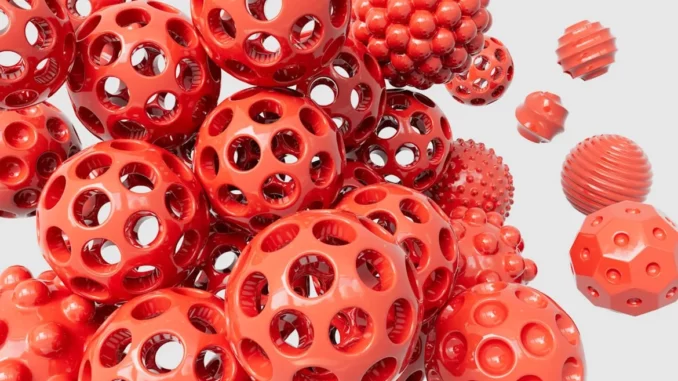
Upon meeting Dr Sarah Collins, a research fellow in Northumbria University’s Mechanical and Construction Engineering department, one is immediately struck by her fervour for innovation. The university’s recent acquisition of a state-of-the-art 3D concrete printer marks a significant milestone, hailed by Dr Collins as both “revolutionary” and “transformative.” In our discussion, she shared the profound implications this technology holds for the future of construction.
Successful low-energy building design hinges on careful planning. Focus360 Energy can help.
Dr Collins envisions a future where construction is faster, more cost-effective, and significantly more sustainable, a vision she believes is within reach through the advent of 3D concrete printing. Northumbria University has forged partnerships with Luyten 3D, a pioneer in construction printing, and ChangeMaker 3D, a UK-based advocate for sustainable technologies. Together, they have installed the ‘Platypus,’ an advanced 3D concrete printer, in the university’s Structures Laboratory. Dr Collins describes the printer not merely as a tool but as a catalyst for innovation, unlocking unprecedented opportunities within the construction sector.
The urgency for such innovation is underscored by the construction industry’s environmental impact. A 2024 report from the UN Environment Programme highlights that the sector contributes approximately 21% of global greenhouse gas emissions, with concrete production alone responsible for 8%. Against this backdrop of a climate emergency, Dr Collins stresses the necessity of rethinking construction methodologies to reduce emissions and mitigate environmental harm.
3D concrete printing presents a compelling solution. Dr Collins elaborates on its capacity to diminish waste, shorten production timelines, and reduce labour costs. Citing Luyten 3D’s achievements in Australia, she notes a 60% reduction in construction waste and a 70% decrease in production time—figures that signify a paradigm shift rather than mere incremental progress. The Platypus printer employs cutting-edge techniques like biomimicry to create complex geometric forms that optimise weight-to-strength ratios while utilising minimal concrete. This approach embodies the principle of “doing more with less,” producing structures that are both efficient and visually appealing.
However, the installation of the 3D printer at Northumbria University is more than an academic endeavour; it is a hub for collaboration and experiential learning. The university seeks partnerships with industry leaders across healthcare, water, and civil engineering sectors to pioneer sustainable infrastructure projects, transforming theory into practice in this “living lab.” Dr Collins emphasises the potential of this technology to address the housing crisis, particularly in regions like the North East, where social housing demands are critical. With the capability to construct the framework of a three-bedroom house in mere weeks, 3D printing offers a promising avenue for affordable, sustainable housing solutions.
Beyond its technical prowess, this innovation serves as an educational boon, equipping students with hands-on experience in cutting-edge technologies. Dr Collins sees it as a vehicle to foster creativity and sustainability among future engineers and designers, thereby enhancing diversity within the construction industry. By preparing the next wave of professionals, the university aims to lead the charge towards a more sustainable construction paradigm.
When asked about the broader implications of widespread adoption, Dr Collins is optimistic about the limitless potential of 3D concrete printing. She envisions a reimagined infrastructure landscape, from bridges and roads to public buildings and homes, all built in harmony with the environment. The collaboration with ChangeMaker 3D, renowned for their sustainable solutions, is crucial in this pursuit. Their shared vision of a greener future underpins the university’s commitment to pushing the boundaries of construction possibilities.
As our conversation drew to a close, Dr Collins expressed her hope for 3D concrete printing to become mainstream. With the necessary tools and knowledge already at their disposal, the challenge now lies in advocacy and encouraging widespread adoption. The installation of the 3D printer at Northumbria University serves not just as an academic milestone but as a bold stride towards a sustainable future. Under the leadership of visionaries like Dr Collins, the UK construction industry stands on the brink of a transformative era, poised to embrace a future where innovation and sustainability go hand in hand.


Be the first to comment